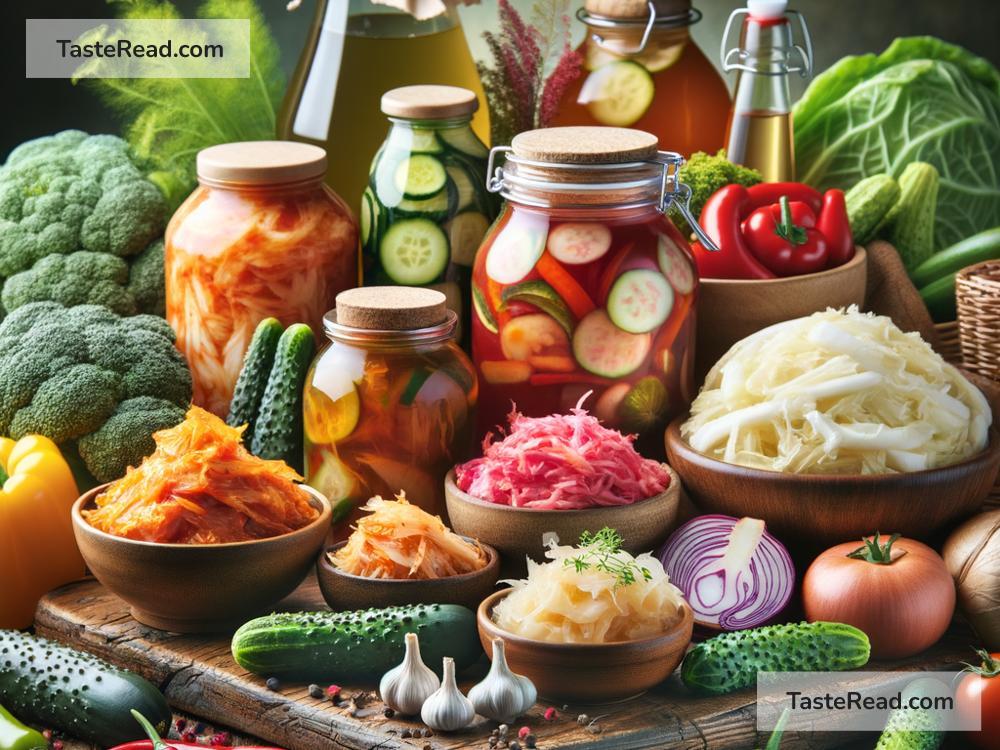How to Include Fermented Foods in a Paleo Diet
Embarking on a Paleo diet can feel like stepping back in time to eat like our hunter-gatherer ancestors. This means focusing on whole foods like vegetables, fruits, meats, nuts, and seeds. But what about fermented foods? These nutrient-packed powerhouses were also a part of ancient diets thanks to their preservation qualities and health benefits. Adding fermented foods to your Paleo menu isn’t just a nod to historical eating patterns; it’s a fantastic way to boost your gut health, enhance nutrient absorption, and add variety to your meals. Here’s how to do it.
Understanding Fermented Foods
Fermentation is a process where microorganisms like yeast and bacteria break down food components (like sugar) into other products (like alcohol or acids). This not only preserves the food but also creates probiotics, vitamins, and enzymes that can support digestion and overall health. Common examples include yogurt, sauerkraut, kombucha, and kefir.
But, when we think about a Paleo diet, grains and dairy — common bases for many fermented products — are off the list. This leads to the question: How can you enjoy the benefits of fermented foods within Paleo guidelines?
Choosing Paleo-friendly Fermented Foods
To keep your fermented foods within Paleo boundaries, focus on those made from fruits, vegetables, and coconut. Here are some top picks:
- Sauerkraut and Kimchi: These fermented cabbage-based foods are not only delicious but are also rich in probiotics, fiber, and vitamins C and K. Just make sure they’re free of added sugars and preservatives.
- Coconut Yogurt: Preferably unsweetened, coconut yogurt is a Paleo-friendly alternative to traditional dairy yogurts. It’s a creamy, delicious way to add some probiotics to your diet.
- Kombucha: A fermented tea full of probiotics. Opt for kombucha with low or no added sugars to stay within Paleo guidelines.
- Pickles: Not the ones soaked in vinegar and preservatives, but genuinely fermented pickles in a saltwater brine can be a crunchy, probiotic-rich addition to your diet.
- Coconut Kefir: Similar to the dairy version but made from coconut water, this beverage is refreshing, nutritious, and fully Paleo-compliant.
Incorporating Fermented Foods into Your Diet
Adding fermented foods to your Paleo diet can be both easy and tasty. Here are a few suggestions:
- Start Small: If you’re new to fermented foods, introduce them into your diet gradually to give your gut time to adjust.
- Breakfast Boost: Add a dollop of coconut yogurt to your fruit salad or Paleo granola for a probiotic punch.
- Savory Sides: Sauerkraut or kimchi can be served as a flavorful side dish with almost any meal.
- Hydration with Extras: Swap out regular tea or water for kombucha for a refreshing change. Just watch the added sugar content.
- Salad Dressing: Use brine from pickles or sauerkraut as a tangy base for Paleo-friendly salad dressings.
Making Your Own
One of the best things about fermented foods is how simple they can be to make at home. This means you can ensure they’re Paleo-approved and customize them to your taste. Here’s a very basic guideline for making your own sauerkraut:
- Ingredients: Cabbage and salt.
- Process: Finely slice the cabbage, then massage it with salt until the juices start to release. Pack it tightly into a clean jar, ensuring the liquid covers the cabbage. Cover loosely with a lid and let it sit at room temperature for a few days to a few weeks. Check regularly and press down the cabbage if it rises above the liquid. Once it’s fermented to your liking, store it in the fridge.
The Takeaway
Fermented foods are a fantastic addition to a Paleo diet, offering a range of health benefits on top of flavor and variety. Whether you choose to make your own or buy them ready-made, ensuring they’re free of non-Paleo ingredients will help you stick to your diet goals. Most importantly, listen to your body as you introduce fermented foods into your diet and enjoy the process of discovering new flavors and recipes. Happy fermenting!


